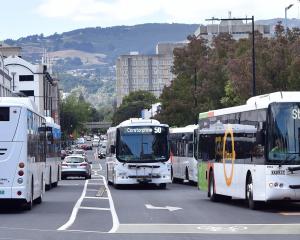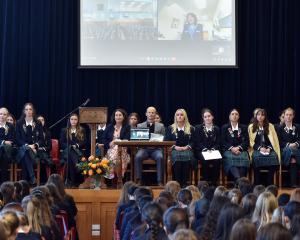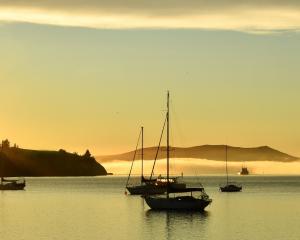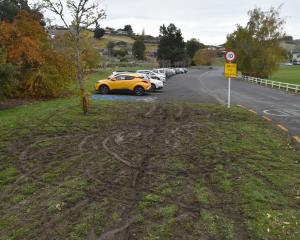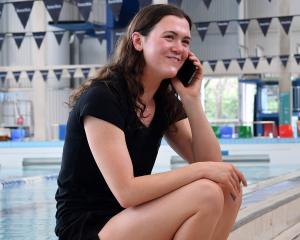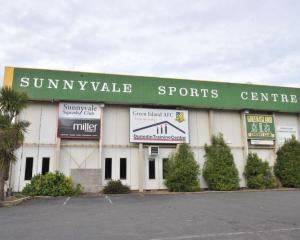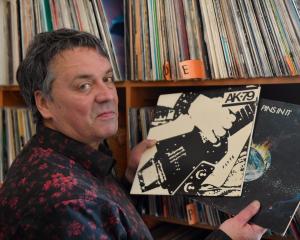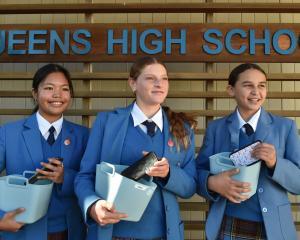Military training aircraft hit speeds of 400kmh over Southern lowlands yesterday giving the pilots a "good ground rush''.
Flight Lieutenant Matthew Hansen, who is training to become a flying instructor, said the air force had 11 new Beechcraft T-6C Texan II aircraft purpose-built for military training.
The aircraft have replaced a fleet of Pacific Aerospace Corporation CT-4E Airtrainers.
The T-6C was a "sports car'' compared with the CT-4E, Fl Lt Hansen said.
"You can really throw them around. They are quite agile.
"We were doing about 400kmh down low, so you were getting quite a good ground rush.''
The CT-4E was powered by a 300hp engine and could climb safely to about 9800ft; the T-6C had an 1100hp engine and could climb up to 31,000ft, he said.
In training to become RNZAF instructors, five pilots were flying five of the aircraft around the South Island, as part of a six-month course.
The first stop on the trip was Christchurch on Monday.
The pilots were supposed to fly to Dunedin on the same day but were grounded by rain.
"We are flying so low to the ground you need at least 5000m of visibility,'' Fl Lt Hansen said.
Low-level navigation was a focus of the South Island
trip.
At times, the pilots were flying at 250ft, using predrawn maps to arrive at a destination at a time, down to the second.
The planes began arriving in Dunedin about 11.30am yesterday.
The aircraft were "gassed up'' and pilots lunched before departing with intentions of circling Stewart Island and landing in Invercargill to spend the night.
After leaving Dunedin yesterday, the fleet flew at altitudes between 250ft and 300ft on a route including Naseby, Alexandra and Roxburgh, but visibility became poor at The Brothers Point in the Catlins so they returned to Dunedin, flying at the same altitude.
The plan was to fly to Queenstown this morning to refuel, and fly to Christchurch tonight. They would return to the RNZAF Base Ohakea near Palmerston North tomorrow.
Training wings
Aircraft: T-6C Texan II
Length: 10.16m
Wingspan: 10.19m
Gross weight: 2858kg
Cruise speed: 515kmh
Max speed: 586kmh
Max range: 1667km
Technology: Ejection seats, collision-avoidance and ground awareness warning systems, a pressurised cockpit and personal locator beacons for each pilot

